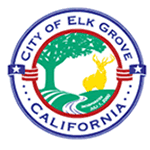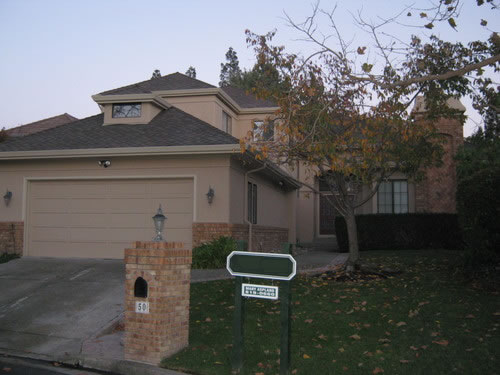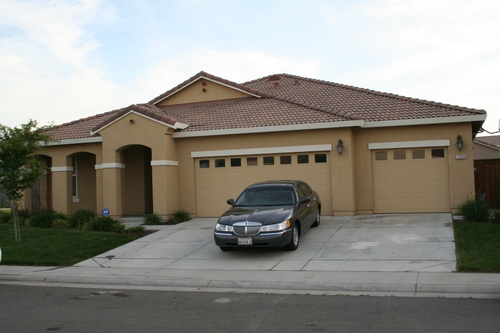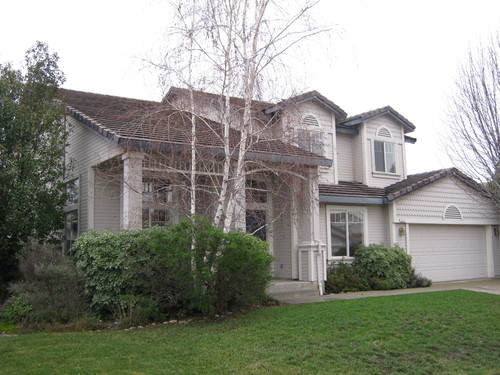How to buy a Home in USA
First determine how much is your budget. This depends on two variables:
a. the amount of down payment available
b. the amount of money you can borrow.
Knowing how much you have available in your bank account is relatively easy. The latter however, is a little bit more complicated. Start with how much money you have available every month after necessary expenses. This amount, coupled with the prevailing mortgage interest rate and the length of the loan determines how much you can borrow. For example with a monthly payment of $536 at 5% per year and a 30 year fixed mortgage, you can borrow $100,000. If you are interested in a more accurate calculation as to how much you can borrow try this sophisticated mortgage calculator (line option 10).
For an investment property, the rent determines how much you have available every month for mortgage payments. Typically, every month, you will have to pay or keep in reserve property tax, insurance, and repair/maintenance. Only the remainder can be used for mortgage payments. However, at the current yield of around 8% for attractively priced investment properties, you can generate a positive cashflow.
Do not forget the closing costs. During a home purchase this would typically include:
- points/fees paid to the Bank for obtaining the loan
- escrow fees
- lender’s policy of the title insurance
- proration of property taxes
- notary fees
- credit report
- appraisal fees
- other optional expenses such as home , roof and termite inspections, home warranty, etc.
Once a budget is determined, then you should determine where to buy. This may depend on the location of your job, or where your children would like to go to school (i.e. quality of the school and school district), weather, recreational facilities, etc.
For a foreign investor, typically these are the factors that one should ook for :
- Significant Long-Term Appreciation Potential
- Desirable School Districts
- Good Infrastructure & Proximity to Commercial Hubs
- Future Growth in Population & Economy
- Favorable Demographics
In America, the best property values right now can be found, in the states that have a high percentage of foreclosures and short sales. This can be found in California, Nevada, Arizona, and Florida.
We believe a case can be made that residential properties (homes) in California present a better buying opportunity than Nevada or Arizona, because:
- CA prices have traditionally been very resilient
- CA prices outpace the rest of the country
- CA is a favorite for immigrants
- CA is tightly linked with the fast growing economies in Asia
- Natural barriers in the SF Bay Area prevents further development
- Silicon Valley is the engine for further growth
Once a city or an area has been determined, then find a Realtor (real estate agent) who is knowledgable about the area, and more importantly who understands the needs and wants of the client, and who will act in the best interest of the client, and not simply after the commission.
Then, contact a lender who can provide a loan suitable for you. If you are a foreign investor, there is only a limited number of banks that can help you. Choose the right type of loan. Typically, banks offer a 5/1 or 7/1 ARM (Adjustable Rate Mortgage), in which the interest rate is fixed for 5 or 7 years, thereafter it will fluctuate based on an index plus a margin, the loan is amortized over 30 years, and usually the interest rate is very attractive. Alternatively, there is always the 30 years fixed mortgage. Although the interest rate today may be higher than the ARM’s, there is the comfort, that it will stay fixed for the life of the loan. Be sure, to get a prequalification letter, this is needed for you to make an offer for a home.
The process of buying a home in the United States is as follows:
See also a list of other frequently asked questions.
—ooo0ooo—
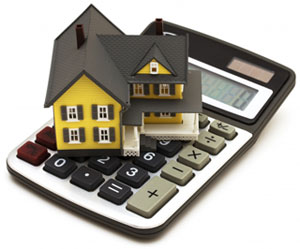

















 Articles on Foreign Interest in US real estate
Articles on Foreign Interest in US real estate